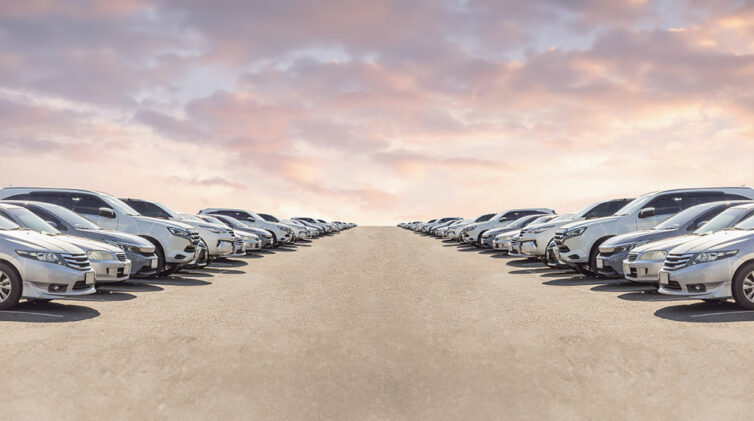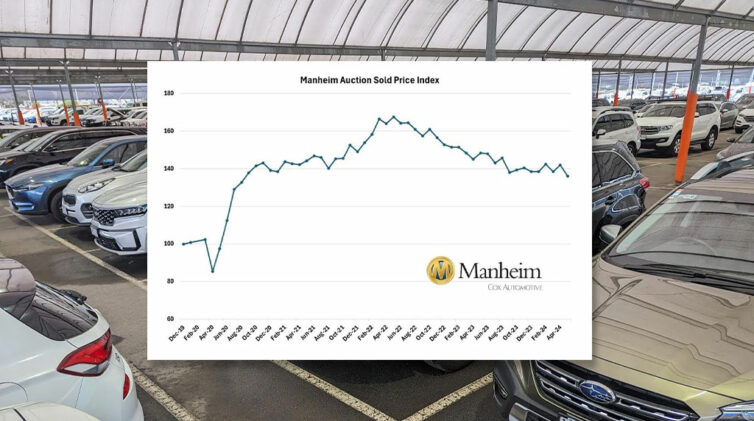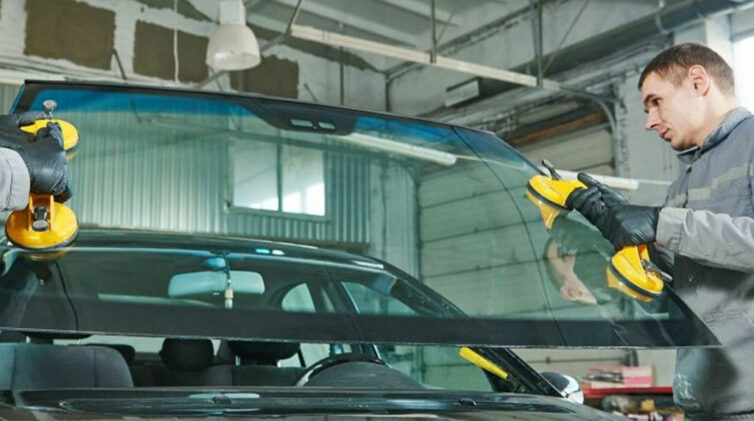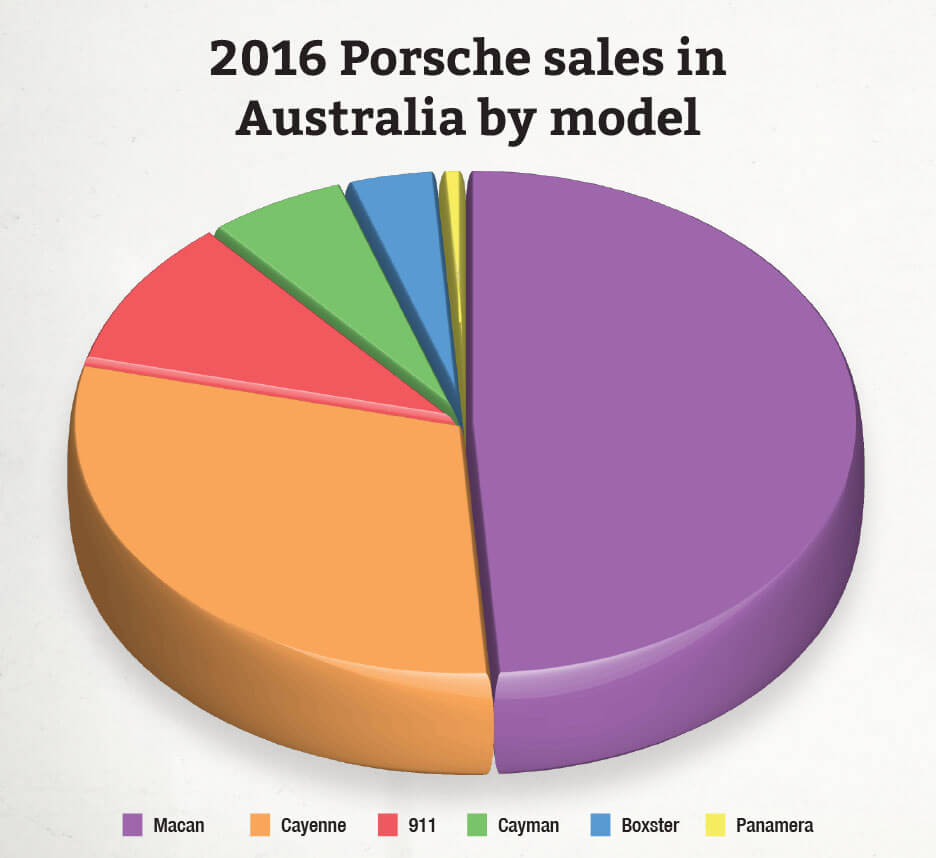 PORSCHE Panamera sales are the lowest of the brands six models, representing just 0.95 per cent of Porsche sales in Australia in 2016. Yet Porsche’s first four-door sedan remains its flagship and maintains its position as the recipient of the best technology the company can deliver.
PORSCHE Panamera sales are the lowest of the brands six models, representing just 0.95 per cent of Porsche sales in Australia in 2016. Yet Porsche’s first four-door sedan remains its flagship and maintains its position as the recipient of the best technology the company can deliver.
For 2017, it arrives in its second generation, losing the polarising bulbous tail and adopting a sleeker profile that is modelled on the silhouette of the 911.
But that’s not all. Fighting a burgeoning prestige performance sport-sedan segment, the new Panamera has to be competitive throughout its potential six-year life. Its predecessor was launched in 2009 and became a symbol of Porsche’s ability to translate sportscar performance into four-seater luxury.
The 2017 Porsche Panamera cannot be taken in isolation as the new flagship from the German sportscar manufacturer, but rather as a new evolutionary development line that will feed others in the Volkswagen Group.
It sits on a platform that Porsche singularly developed but will be shared with the next Bentley Continental variants, and has engines that will form the basis for those which ultimately will power Audi and Bentley models.
But Porsche has been careful to retain its exclusivity, insisting that any shared components are similar in concept but completely different in practice.
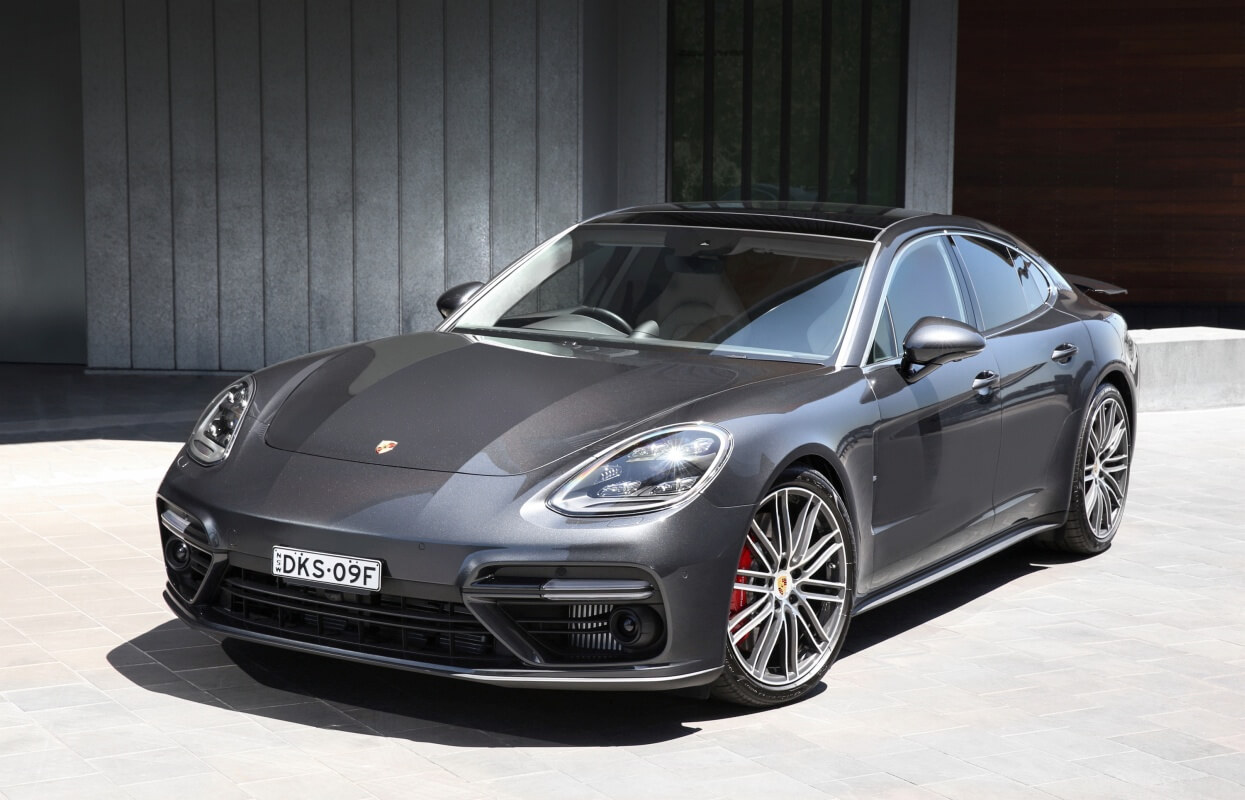 Porsche won’t say how much the second-generation Panamera cost to develop, although it did spend $A2 billion just to renovate the Leipzig factory where it is built.
Porsche won’t say how much the second-generation Panamera cost to develop, although it did spend $A2 billion just to renovate the Leipzig factory where it is built.
Launched in the Hunter Valley last week to motoring journalists and this week to Porsche dealership personnel, the Panamera arrives with two initial models – the Turbo and 4S. It will add four more versions during the year.
The Panamera will cap out at the $376,900 Turbo model but Porsche said it may introduce a more powerful GTS variant next year.
Like the predecessor that arrived in showrooms in 2009, the new generation is a four seater with a front-mounted engine, rear- or all-wheel drive, and the options of petrol, diesel and hybrid powertrains.
But it shares nothing except the bonnet badge with the previous Panamera.
It is an extraordinary move but Porsche claims it is chasing the luxury four-door market and it will not consider compromises.
The debut 2.9-litre V6 and 4.0-litre V8 engines are brand new and share nothing with any other powerplant. They are not related to each other either, so two cylinders were not removed from the V8 to create the V6.
The V6 is a derivative of the Audi 3.0-litre V6, but so modified that it can’t share Audi components. The new plug-in hybrid has been geared for performance – previously it went for the economy angle – and will drive for 51km on a single charge, bettering the previous 35km range, while sprinting to 100km/h from rest in only 4.6 seconds.
Porsche Cars Australia (PCA) technical training manager Paul Watson said all the new engines were already built with space for an electric motor, confirming hybridisation will sweep across all Porsche models in the future.
The latest Panamera has a new eight-speed dual-clutch transmission branded PDK (Porsche Doppelkupplung) that replaces a seven-speed unit in the previous generation. Notably, sister company Audi doesn’t fit a dual-clutch transmission on its models with more than 500Nm of torque.
Mr Watson said the Audi transmission and the Porsche transmission – which can handle up to 1000Nm – are very different in design and components.
PCA director of sales and network development, John Murray, said he was holding 50 orders for the Panamera ahead of its February 28 launch.
He expects the new generation to outsell its predecessor but will not state the predicted annual volume.
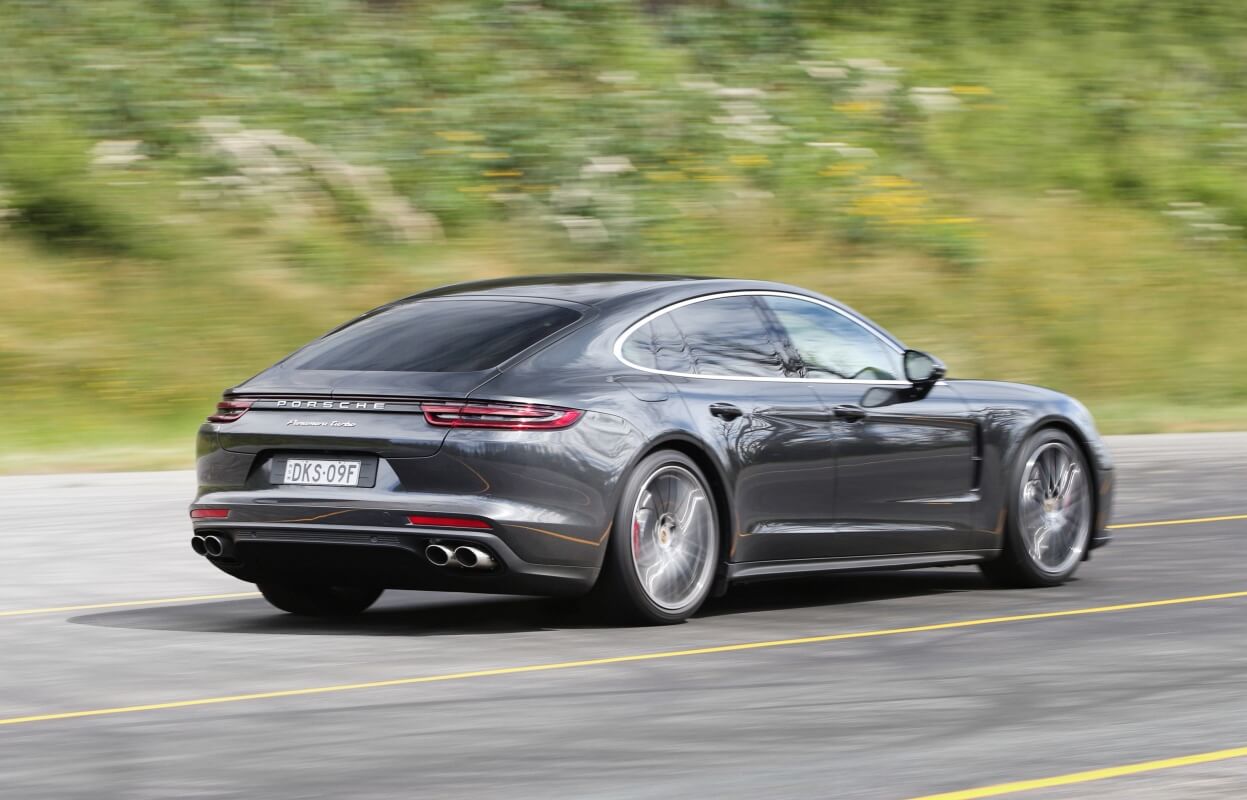 “Production volume is not locked in so when that becomes clearer we can see the car’s demand,” he said.
“Production volume is not locked in so when that becomes clearer we can see the car’s demand,” he said.
“Global demand is increasing – based on dealer orders – so it could be that we will be in competition with other countries for cars. It’s a finite supply. If demand is there I’ll go into bat for Australia and Australian customers.
“Australia represents 2.5 per cent of Porsche’s total production. That’s tiny but four years ago we were half of that.
“Stuttgart knows of our success and we have very good relations with the factory. Just as important is that we have excellent dealers who are doing a great job in servicing the customers and so it’s more than just about sales results.”
Panamera sales were only 42 for the whole of 2016 but Mr Murray said stock ran out mid year.
“People knew a new car was coming and that we had limited supplies as Porsche changed over to the new car,” he said.
“So what we had available went very quickly.”
Mr Murray said the sales of Panamera would always be relatively low.
 “Panamera is a small but important model because as the flagship car, it steers the direction of the company for future product,” he said.
“Panamera is a small but important model because as the flagship car, it steers the direction of the company for future product,” he said.
“It’s a halo product and a demonstration of our design and engineering direction.
“I’m hopeful that generation-one Panamera buyers will come and see the new car and be impressed by it. We should certainly see a high uptake from the old model to the new car.
“But I also think a lot of people will jump into Porsche for the first time with this car.
“Perhaps they have come out of another brand or another model, or because they like the look of this new car. Perhaps some may have sat out buying the previous model because they didn’t like to look of it.
“Four full-size seats (in the Panamera) makes it an option to the Cayenne. It has a stunning street presence. As we become more focused on SUVs, it makes cars like the Panamera become exclusive.”
By Neil Dowling


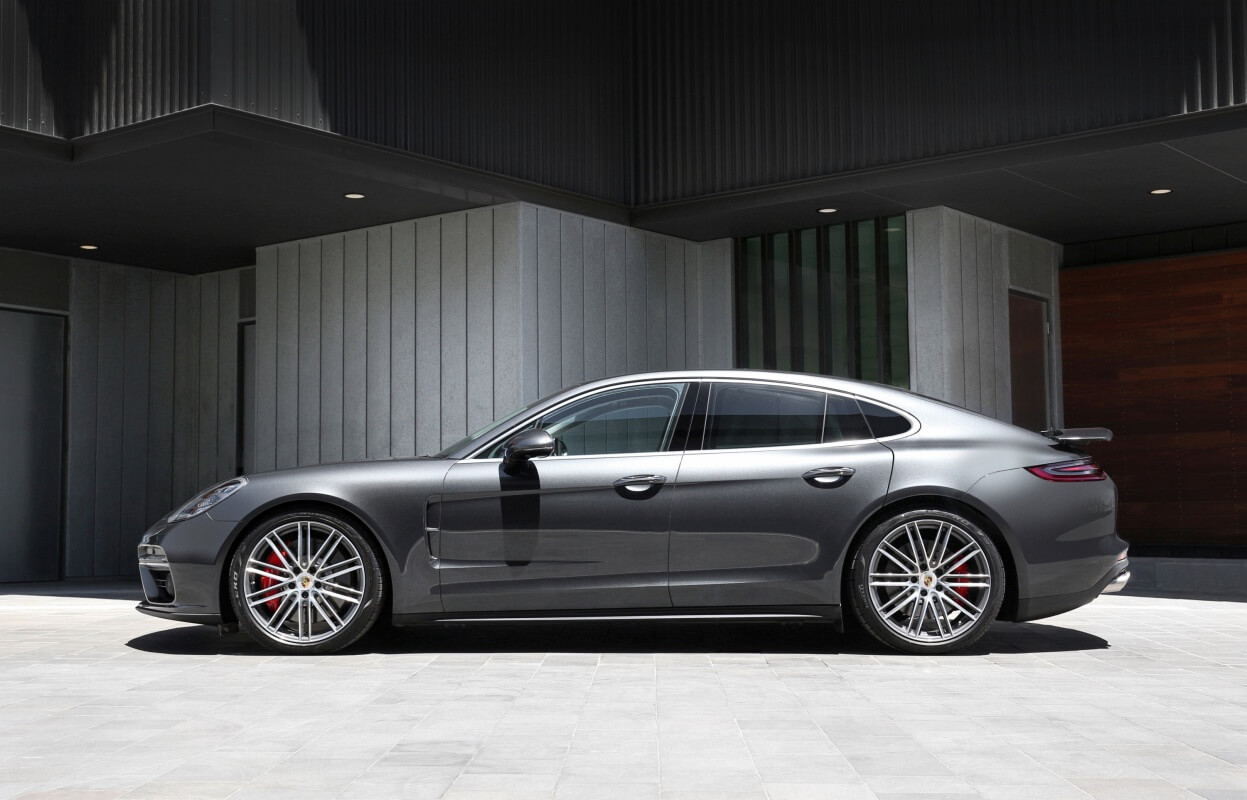
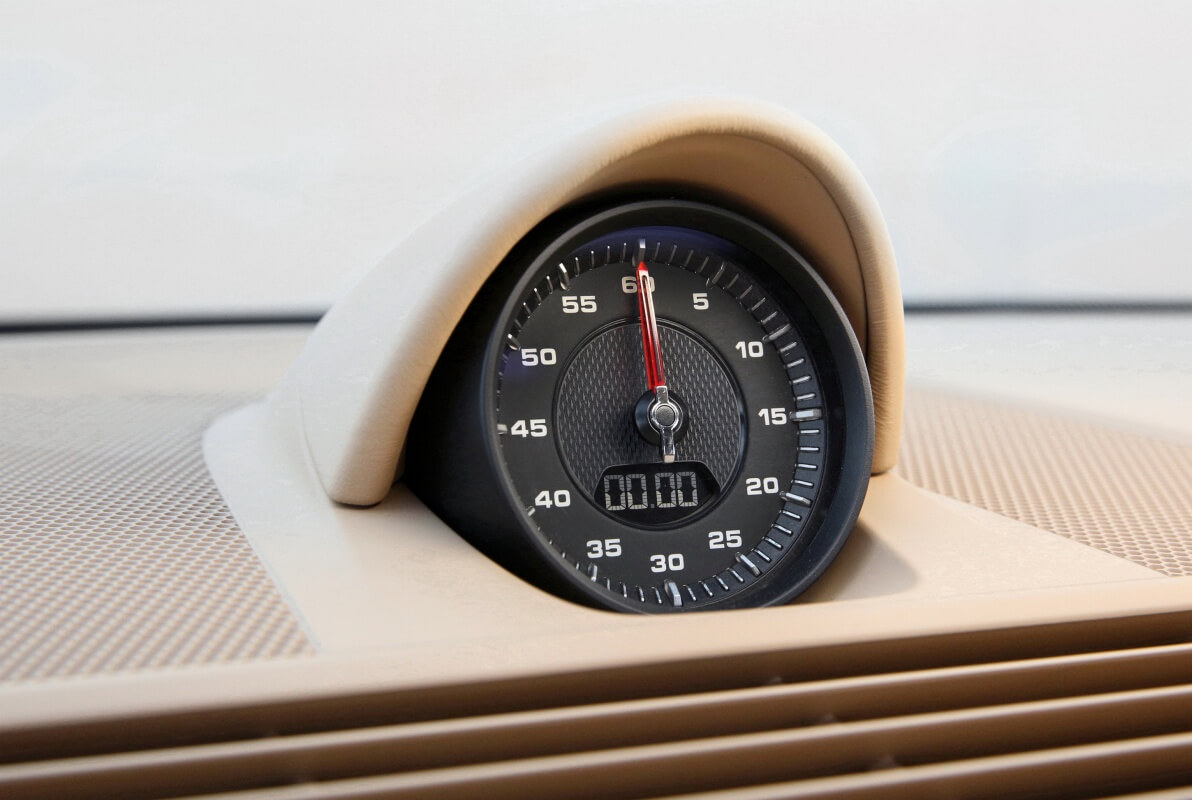



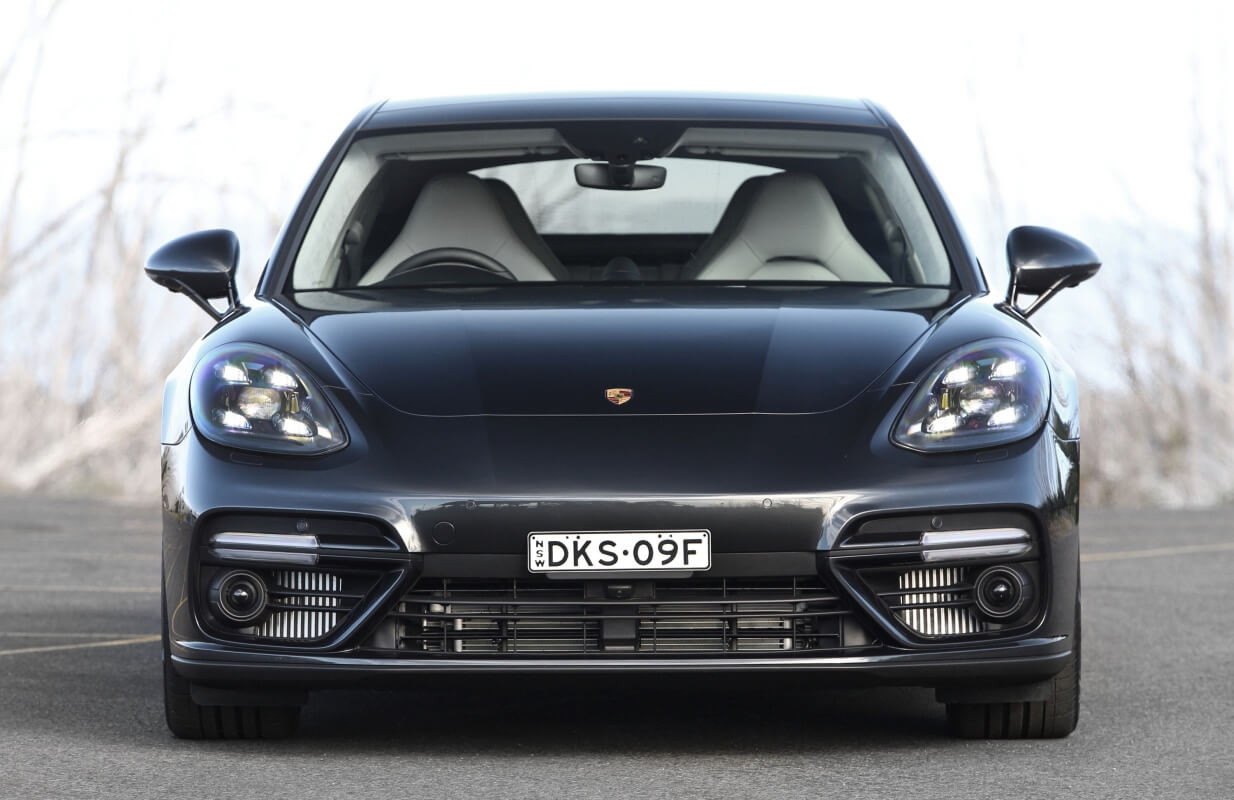

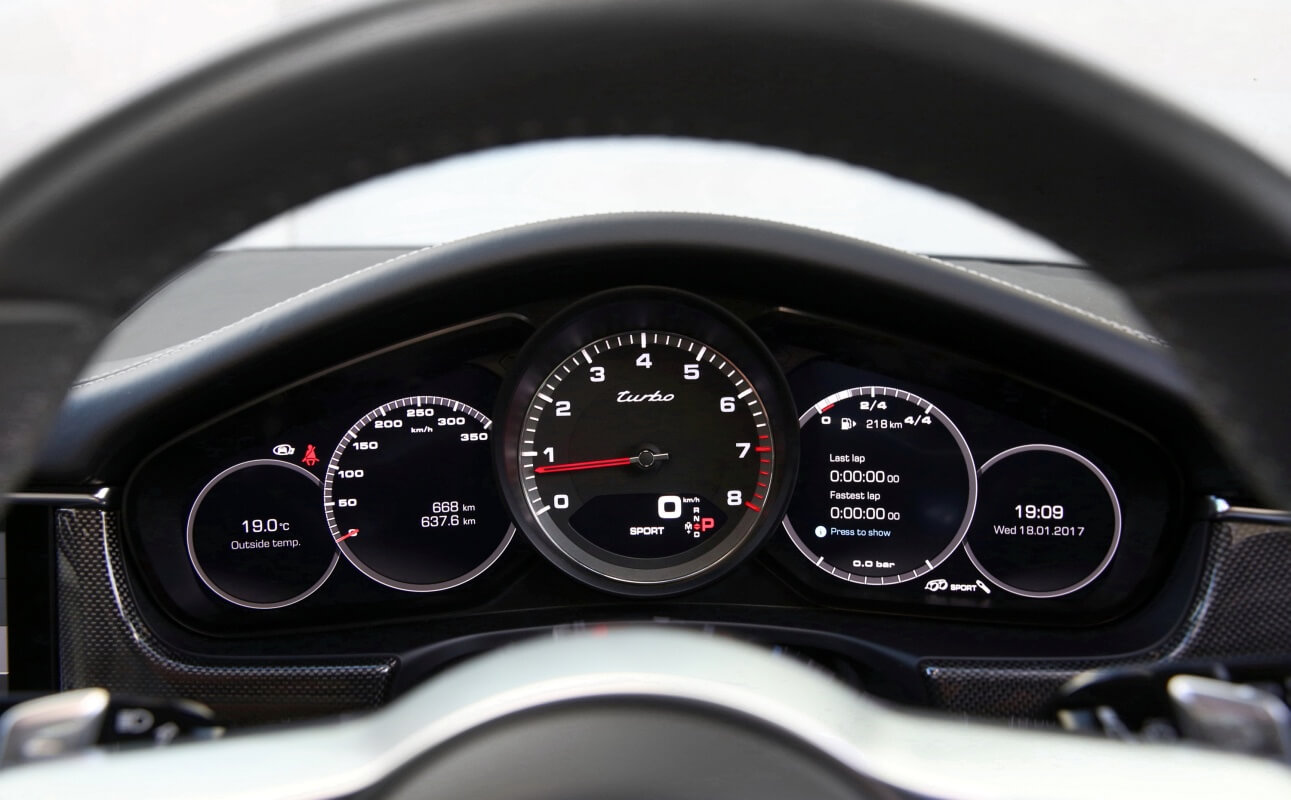

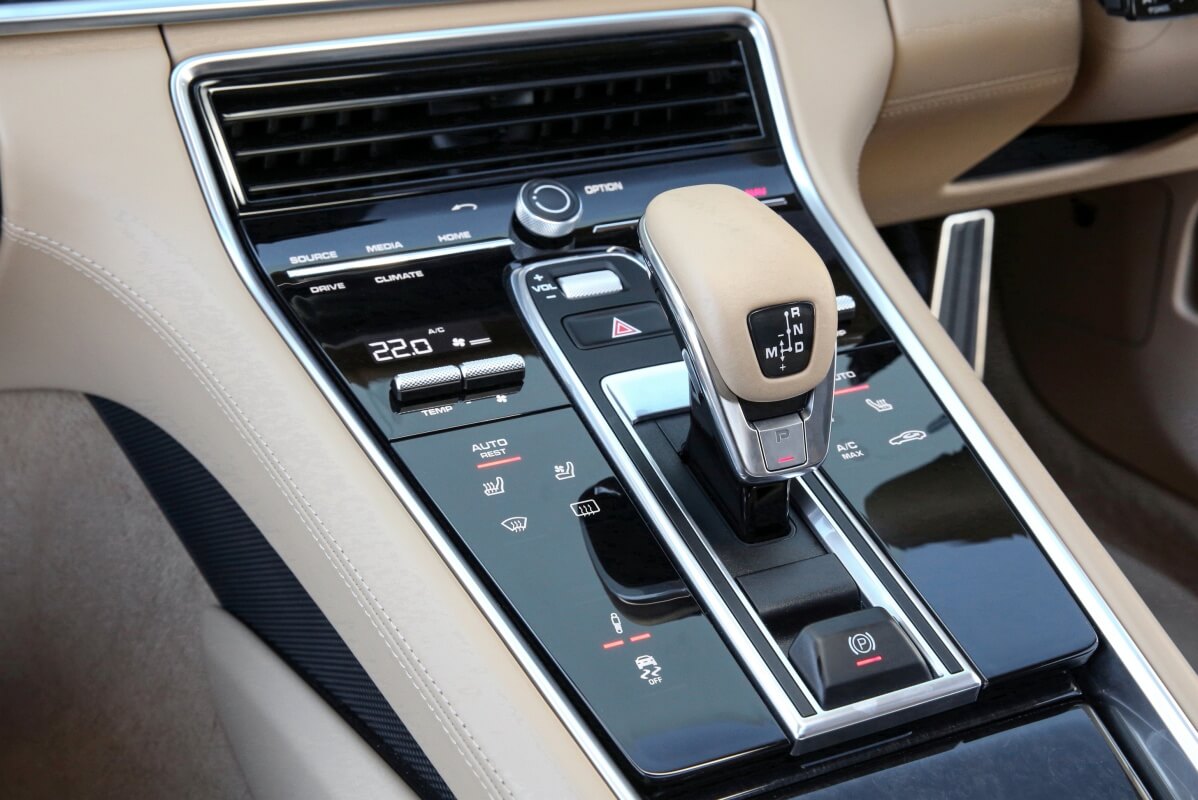
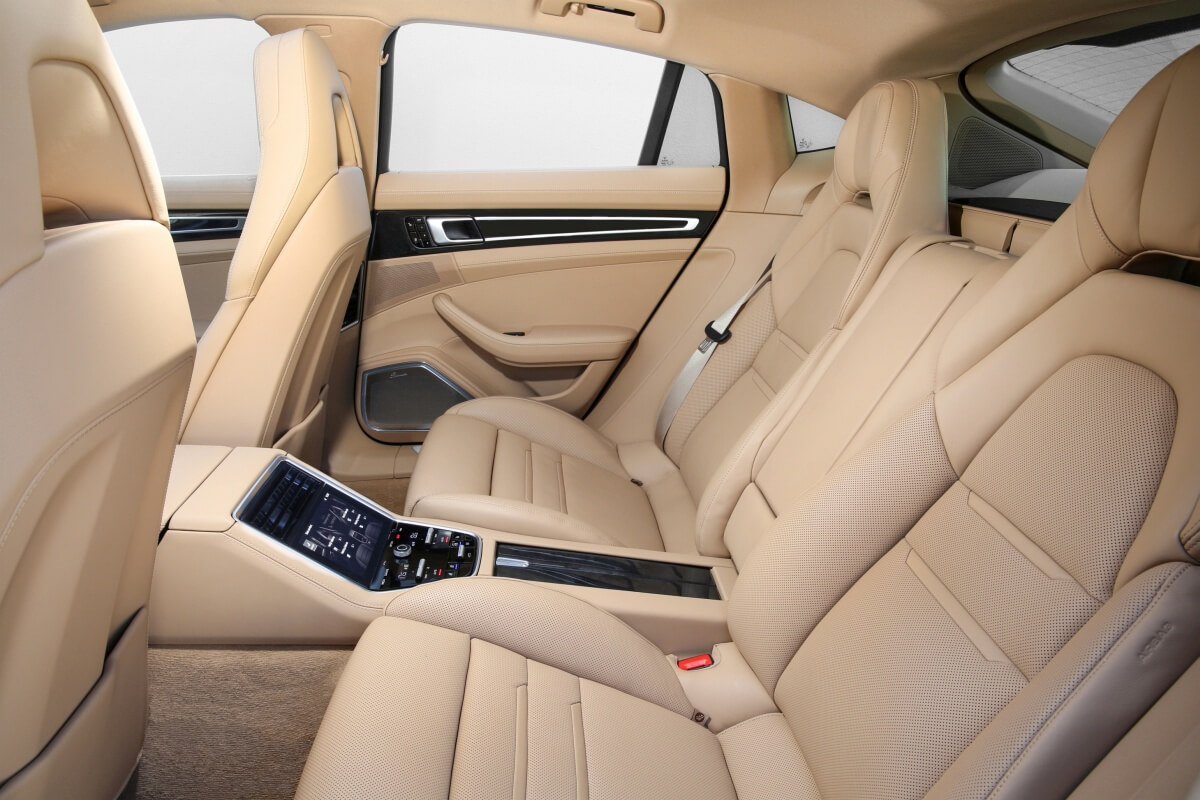
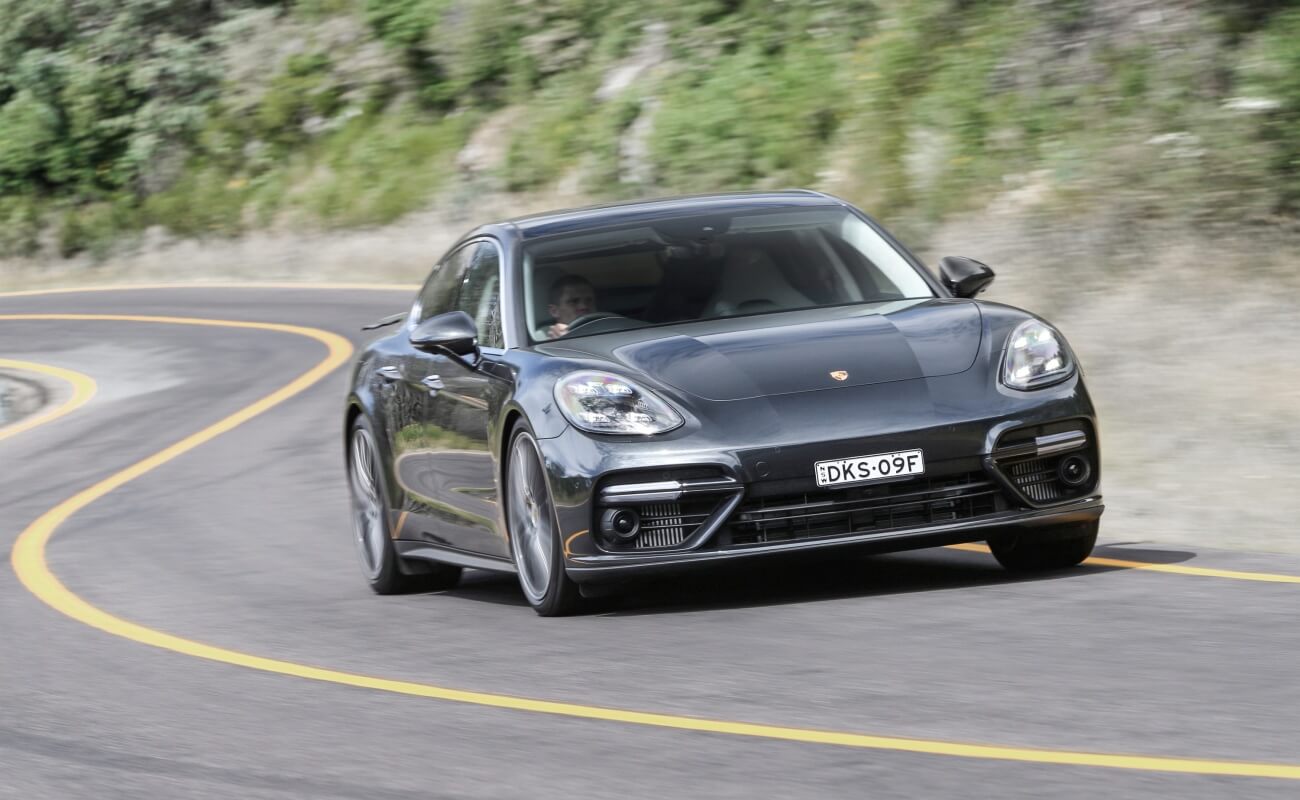
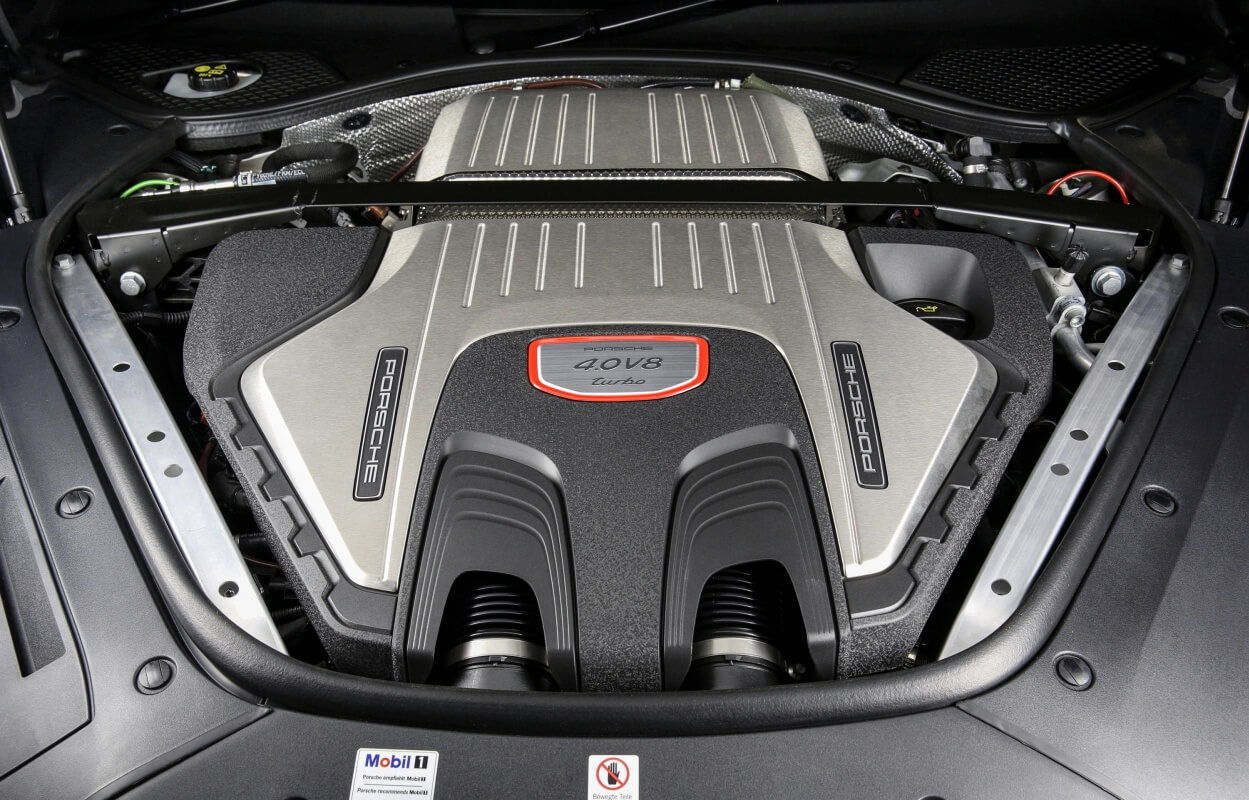
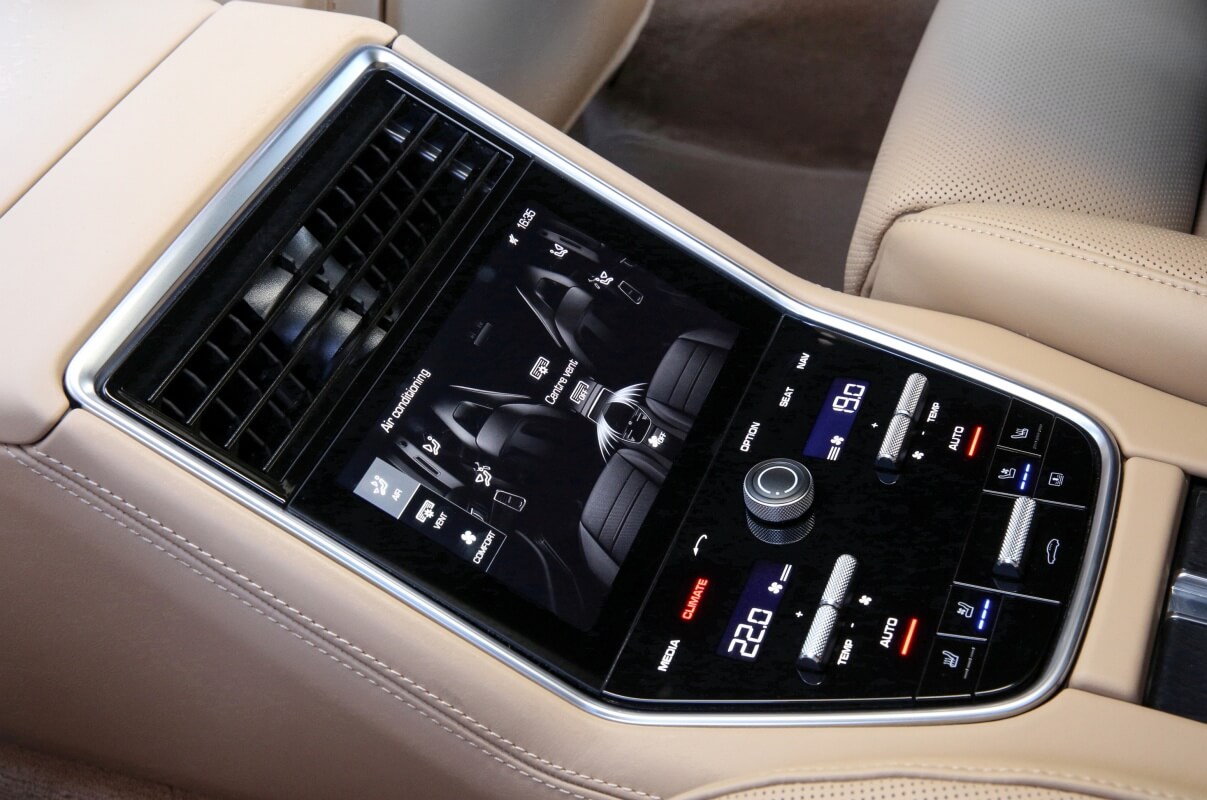
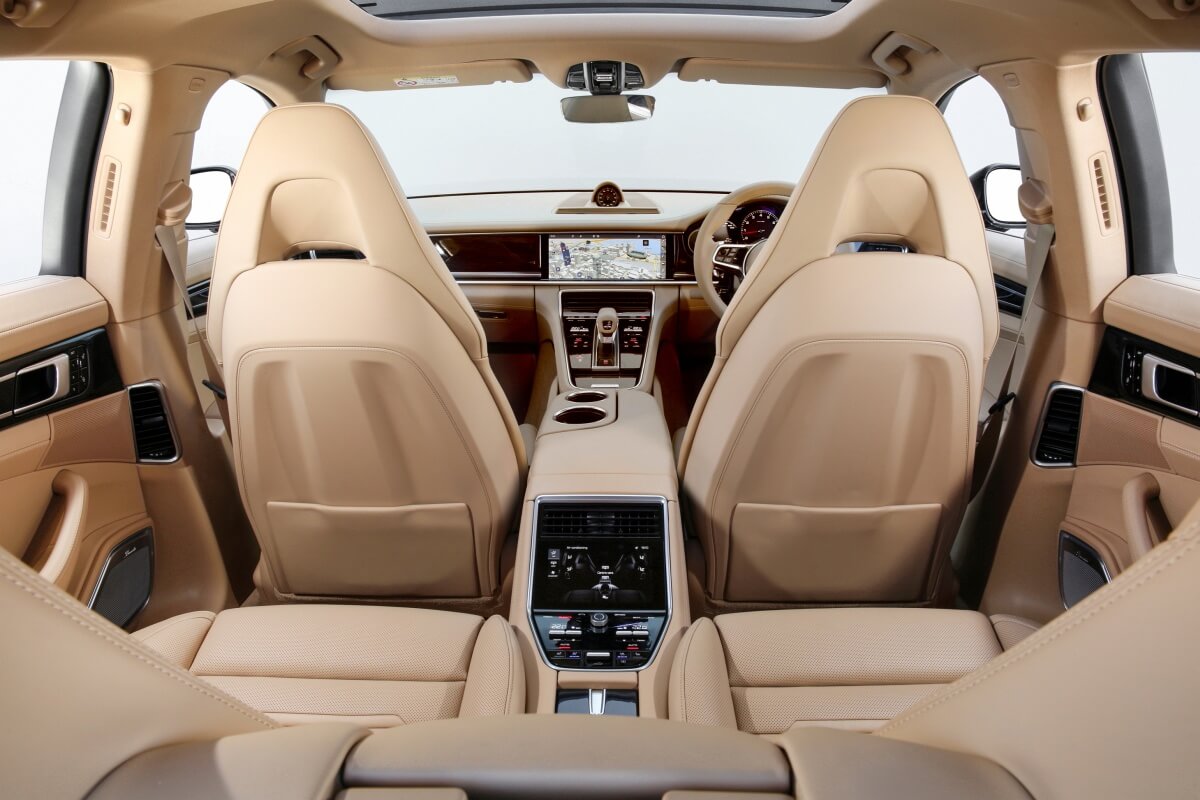
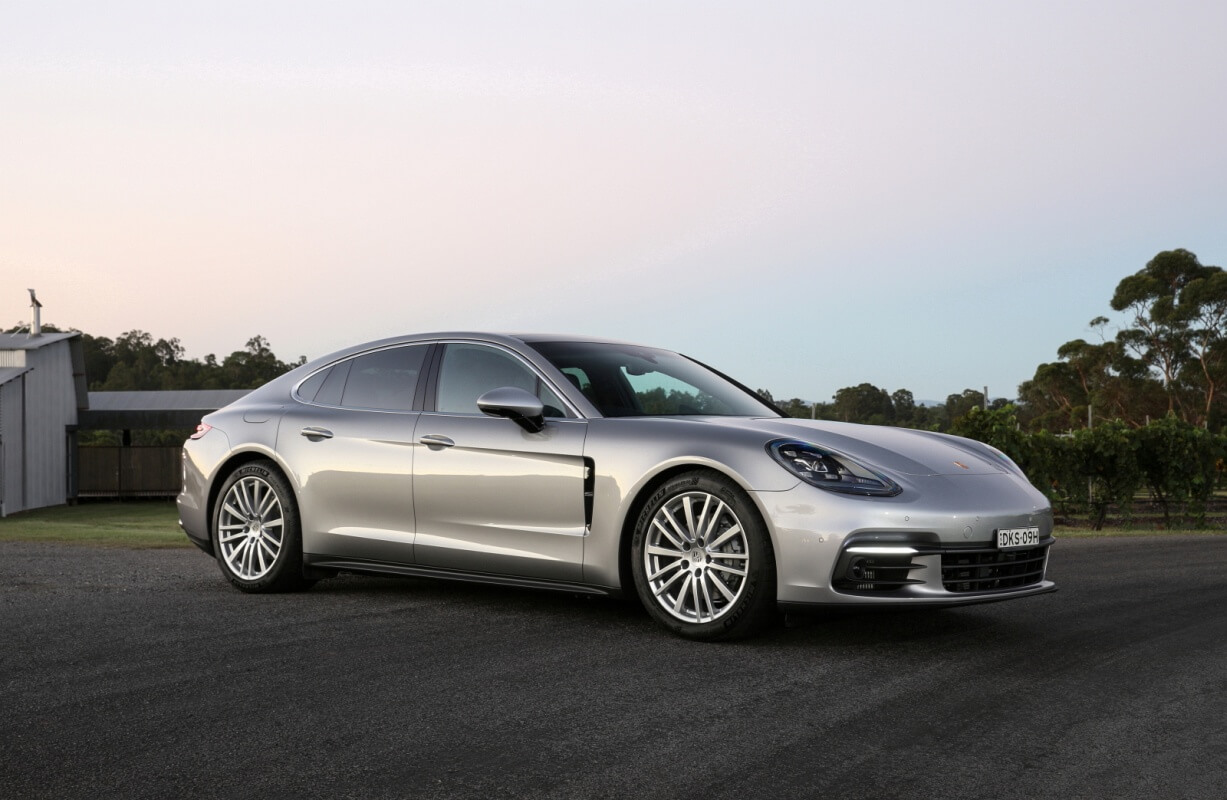
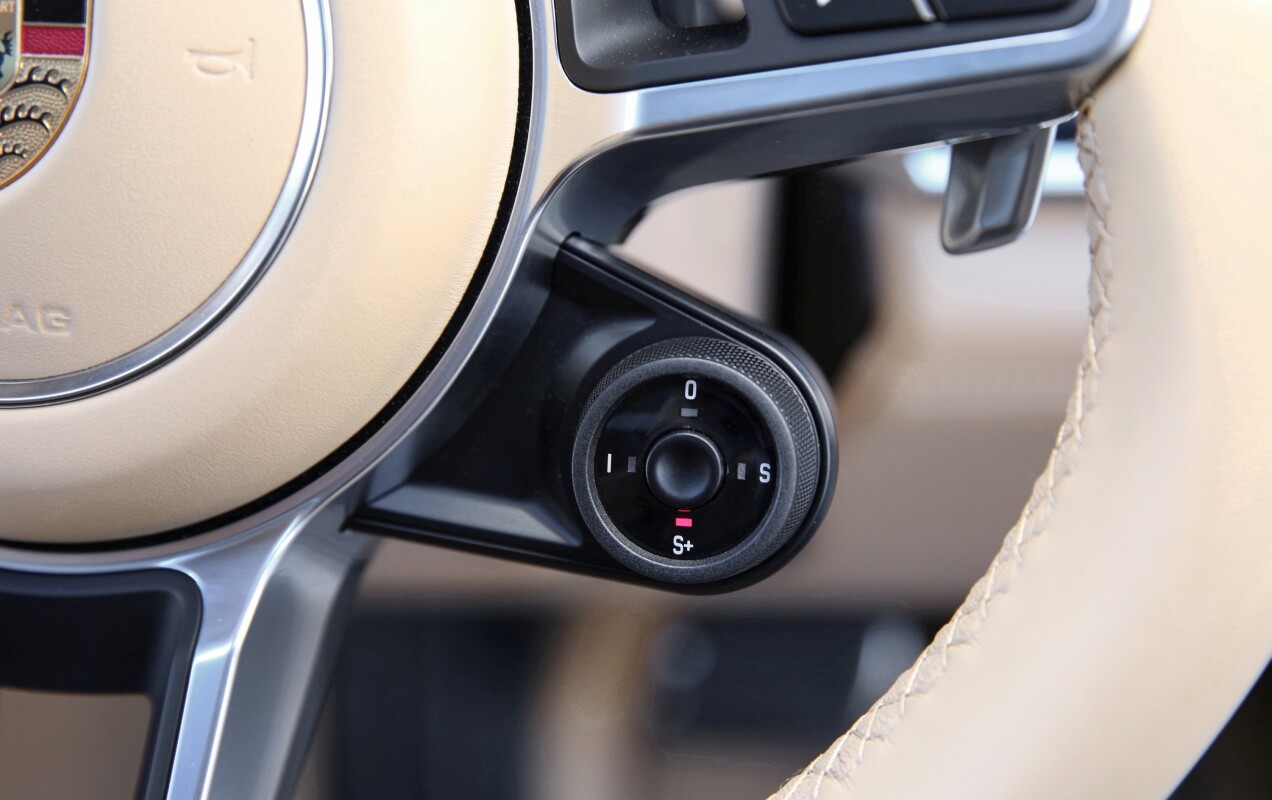
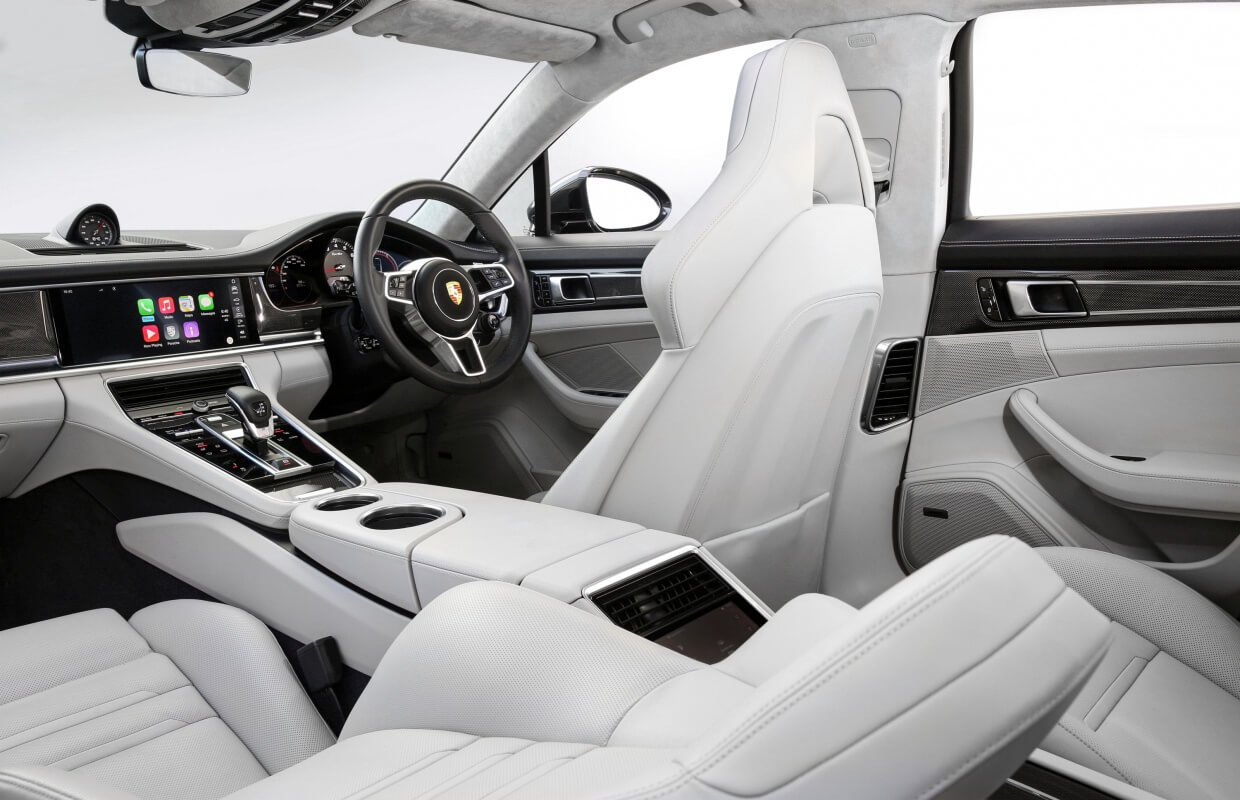

 Read More: Related articles
Read More: Related articles